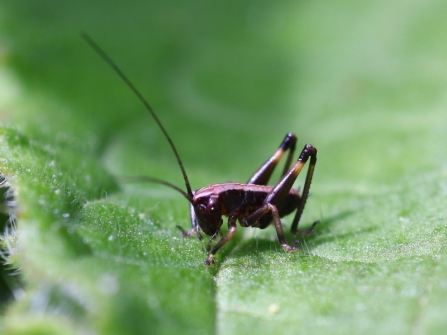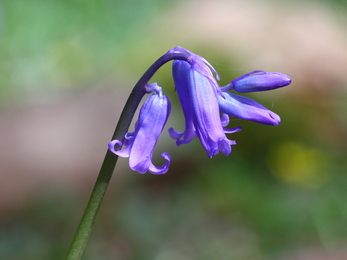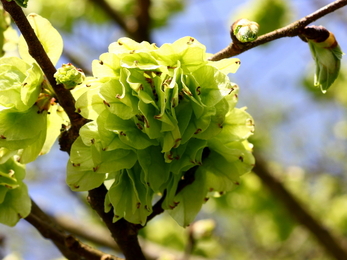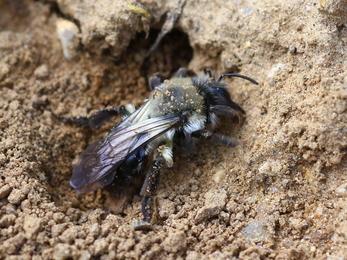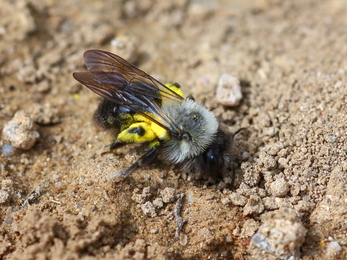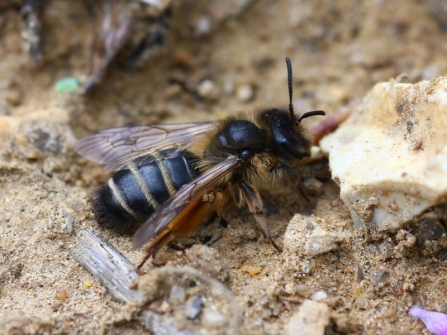As though to emphasise the change in season today was one of those rare days when it was possible to see both brambling and swift at Blashford Lakes an opportunity that lasts for only a few days.
When I started birdwatching in the Midlands our equivalent was seeing fieldfare and swallow in the same place, on the same day. The brambling were at least 2 males at the feeders and the swift at least 14 over Ibsley Water.
Despite the remaining reminders of winter it felt very spring-like, with orange-tip, green-veined and small white, comma, peacock, brimstone, holly blue and several speckled wood butterflies seen, along with the year’s first damselfly, the large red.
After last night’s thunder storm I was not surprised that the moth trap was not over-filled with moths, although the catch did include a lesser swallow prominent, a pale prominent and a scarce prominent, the last a new reserve record, I think.
The warm weather has encouraged a lot of insects out, I saw my first dark bush cricket nymph of the year near the Centre pond.


